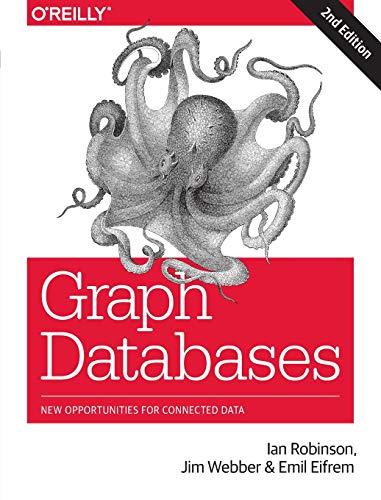Question
You are to create a program to help in the analysis of data obtained from an x-ray powder diffractometer used to characterize materials. In the
You are to create a program to help in the analysis of data obtained from an x-ray powder diffractometer used to characterize materials. In the diffractometer a sample is exposed to x-rays of a specific wavelength and a detector placed on a goniometer is used to measure the angles where constructive interference of the diffracted beam occurs (called peaks) and the intensity of these peaks. The location of these peaks is dependent on the atomic structure of the material being examined. This relationship is given by Braggs law which states n = 2dsin() where n is the harmonic of the diffracted beam (n = 1 for these experiments), is the wavelength of the x-ray, d is the interplanar spacing between planes of specific orientation in the material and (theta) is the angle between the x-ray beam and the sample of the material. What is measured the goniometer is actually twice the angle () used Braggs law and is referred to as two-theta or 2. You are to create a program that will read the 2-theta values and the intensities from a file and create a table that will contain the 2-theta values, the intensities, the d values and Q values where Q = 1/(sin())2. The first line of the data file will contain the sample name which should be stored as a string object (note that this name may contain spaces). The second line will contain the anode (the elemental source of the x-ray) as a 2-character symbol which should also be stored as a string object. You will need to use this symbol to determine the wavelength of the x-ray using the table below. You should assume the format of the 2-character symbol will be an upper case letter followed by a lower case letter and the symbol will be one of those listed in the table below. Anode Wavelength Cu 1.54059 Cr 2.28973 Fe 1.93604 Co 1.78900 Mo 0.70932 The 2-theta (first column) and intensity values (second column) will start on the third line and continue on subsequent lines. The intensity values are whole numbers. You should design your program so it will continue to read data until the end of file is reached and count the number of peaks observed. Your output should be a file that contains the name of the sample, the wavelength and a table containing the 2-theta and intensity values from the file plus the calculated d and Q values. The wavelength should be output with 6 significant digits, the 2-theta values with 5 significant digits, the d values with 6 significant digits and the Q values with 7 significant digits. The table that you output should contain column headings then the values similar to the example given below. Your output file should have the extension .txt Your program should allow the user to enter the name of the data file, but you do not need to worry about the folder path (assume the data file is in the same folder as your *.cpp file) and the name of the output file to be generated. A data file called Project2data.dat has been placed online. This file contains different peaks than what is shown in the table below. This file can be opened with Notepad or Wordpad. Do not change the name of this file. Your program should also allow the user to analyze data from another file without rerunning the program.
For sample Project 2 demo with anode of Cu and wavelength of 1.54059 the values are 2-theta Intensity d values Q values 16.375 20 5.40889 49.30620 20.845 55 4.25800 30.55609 26.622 100 3.34567 18.86480 33.097 45 2.70443 12.32647 36.520 5 2.45842 10.18587 39.439 21 2.28293 8.783553 40.263 34 2.23809 8.441890 There were 7 peaks in the file. Would you like to analyze data from another file (y/n)?
Do not use functions or arrays
Project2data.datlooks like this
"
Sample XBN-2
Cr
12.002 35
13.867 10
19.659 5
23.095 17
24.137 21
27.942 33
30.507 100
31.320 78
34.398 95
36.556 45
39.928 1
41.842 6
42.464 34
44.882 3
46.631 67
47.202 2
49.438 88
51.067 57
51.602 46
53.702 22
55.241 51
57.745 34
59.214 10
59.699 7
61.614 13
63.028 23
63.496 41
65.347 27
66.718 25
Step by Step Solution
There are 3 Steps involved in it
Step: 1

Get Instant Access to Expert-Tailored Solutions
See step-by-step solutions with expert insights and AI powered tools for academic success
Step: 2

Step: 3

Ace Your Homework with AI
Get the answers you need in no time with our AI-driven, step-by-step assistance
Get Started


